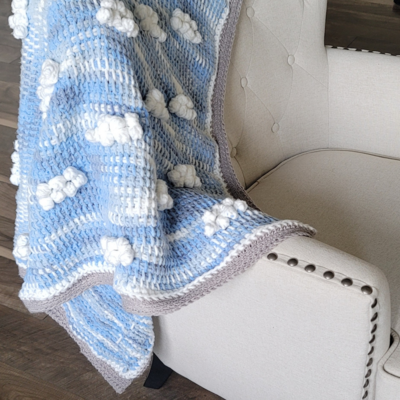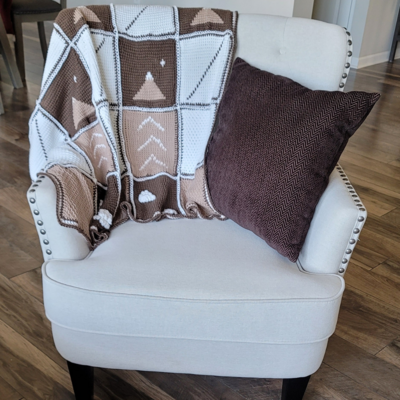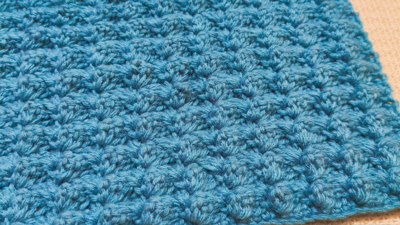How To: Joining Yarn in Crochet Projects
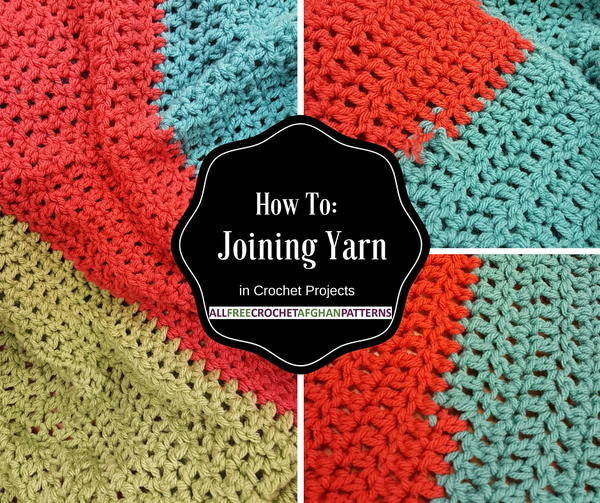
Until they invent a never-ending skein, chances are you will come across patterns that require you to change your yarn, whether it is to switch colors or because you simply ran out. While you are waiting on that invention, learn the best crochet tips and techniques for changing yarn with How To: Joining Yarn in Crochet Projects. Changing colors in crochet is one of the best ways to make your pattern stand out, so this is a crochet basic that everyone needs to learn. Joining yarn is critical in larger projects like afghan patterns, but you will also need to have this skill in your repertoire when you come across a striped pattern. With this help, you won't have to dread the moment when you come to the end of a skein, and you can stop avoiding patterns that are going to make you switch colors.
While at first this skill seems daunting, you will be able to master this in no time. With just a few simple steps and important reminders, you will be back to creating stunning patterns—even a rainbow crochet pattern and its plethora of yarn-changes will seem like a breeze. Grab your pattern and hooks, and let's get started on helping you on your way to creating a masterpiece.
Tips and Tricks
Before jumping in to the step-by-step instructions, there are a few things you should keep in mind. Little details can be tricky, but these are the main ones to think about before starting.
-
Plan ahead so you know when to expect a color change and approximately how much yarn you will be needing.
-
Try to use the same weight yarn for your project, at least while you are getting used to switching yarns. Different thickness for each color or skein might throw your pattern off.
-
Consider what you want to do with the old yarn once you have switched to the new. You can choose to work the old into the back of the piece ("floating") or work over it. The latter might affect your gauge. You could do this from the very beginning for consistency, if you prefer.
-
You can change color in the middle of a row, but many patterns wait until the beginning or end of the row for ease (another reason to plan your color changes/yarn amounts ahead of time!)
Joining Yarn Subtly
This technique will show you how to join yarn as smoothly as possible, and it works for either the end or the middle of the row. This is the standard technique for changing colors because it has to be a smooth transition for such a noticeable change in apperance. Here, we are going to call the yarn you have been working with "Yarn 1" and the new yarn you are joining and switching over to "Yarn 2."
-
Don't finish the last stitch with Yarn 1. Leave two loops on your hook.
-
Clip Yarn 1 with plenty of space to spare OR if you are doing stripes, you could leave the string attached so that you can pick it up again in two rows.
-
Double up the end of the Yarn 2, leaving several inches even on the shorter side, so that there is space to hook and pull it through.
-
Use your hook to pull the new yarn through the two loops of Yarn 1.
-
Tighten the completed stitch by pulling the old yarn.
Finishing
After you change, what to do with the yarn you aren't using seems like a predicament. Never fear, there are easy ways to take care of this and move on to your new yarn.
-
If you cut Yarn 1, you can weave in the ends after everything else is finished.
-
If you want to work over the rows, you tuck the loose ends of both yarns along your last row of stitches and crochet on top of them (which, as mentioned, might affect your gauge).
Bonus Beginner Hack!
When you are first learning, taking a shortcut isn't lazy, it's just helping you get used to crocheting before tackling something stressful. If the above technique seems a little complicated, then you can try this one, although it will make the switch more visible.
-
When you simply run out of yarn and plan to pick up with the same color, you can try tying a clean, tight knot in the ends of the two yarns. Then, just continue crocheting as if they were together all along.
Do you like striped or solid patterns best?
Read NextHow to Crochet V-Stitch



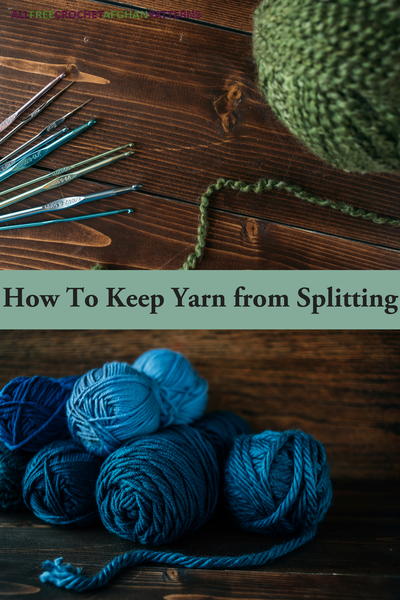
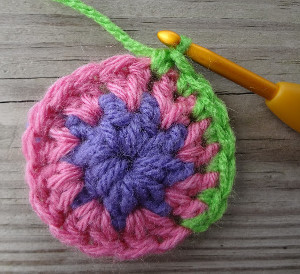
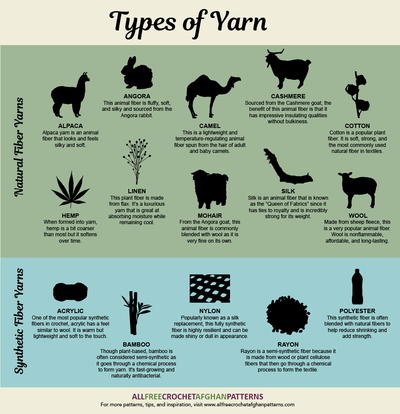


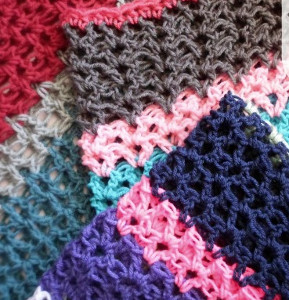


![Yarn Weights Chart [Infographic]](http://irepo.primecp.com/2017/06/336145/Yarn-Weights-Chart-Infographic_Large400_ID-2297604.jpg?v=2297604)

